I'm a novice circuit designer looking to create a high voltage source follower NMOS circuit. I originally planned to use a Teensy digital I/O pin as the gate control signal, so when the Teensy outputted high (3.3V) the source follower output voltage would be ~0V and when the Teensy outputted low (0V) the source follower output voltage would be ~500V (circuit shown below). Unfortunately, however, I didn't realize that the transistor I picked up has a threshold voltage of 4V.
On to my question: I'm well aware that I could solve the problem by (a) getting 40 boost converters or (b) buying another set of transistors (I'm basically just replicating this circuit for 40 of the Teensy's digital I/O pins), but I'm curious about what would happen if I connected the Teensy ground pin and the grounded transistor source pin with a 1-1.5V potential difference (through a power supply, for example), as shown below. Will the new \$V_{gs}\$ value be 4.8V, as I (maybe naively) envision, thus turning on the NMOS and pulling \$V_{out}\$ to the transistor's ground? If this works at all, are there any disadvantages of using this approach compared to buying a boost converter/another transistor?
To clarify, this would mean I have two power supplies running: one to ground the transistor source and for the DC-DC converter that outputs 500V, and one to create the 1.5V potential difference. Thank you very much for your help!

